Little darling, it’s been a long, cold, lonely winter.
Little darling, it seems like years since its been here.
Here comes the sun, do, do, do.
Here comes the sun.
And I said, it’s alright.
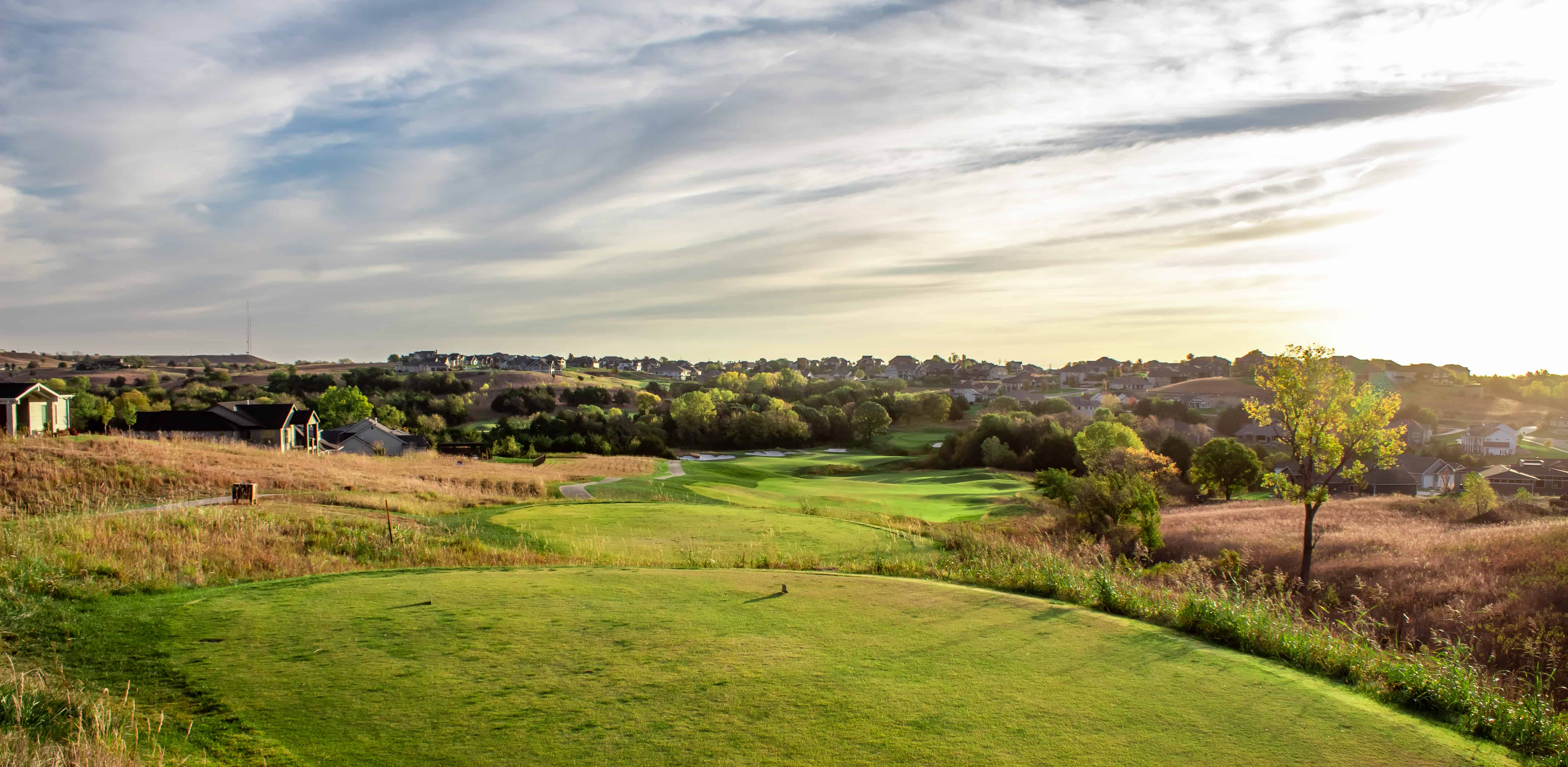
Sunrise on #10 – Colbert Hills Golf Course
As I sat down to write this blog, I had a completely different intro planned than using one of the greatest songs, from one of the greatest bands of all-time. But as so often happens, inspiration comes strikes in different ways and this was certainly no different.
I have a much longer commute now than I did at this point in the year last year, thanks to COVID-19. I’ve tried to make that extra windshield time work for me though. I’m certainly getting better at driving in the dark, for one. Another, I’ve been able to do is listen to more books. As I was thinking about this blog and beginning to put some things down, I started a book on The Beatles. The Beatles have always been one of my favorites, which I owe to my mom. Kids today won’t understand or appreciate how sweet it was to flip over a cassette tape in Walkman.
The book is fine, it isn’t one of my favorites so I’ve got another Beatles history book on my wish list already, but it has given background that makes me want to switch over and hear the music the book was talking about. Instead of flipping a tape, now all I have to do is switch apps on my phone. Listening to their music turns into thinking about the words and thinking about life. I realized that George Harrison’s “Here Comes the Sun” from the Abbey Road album perfectly sums up where we are today, not only that it’s finally spring time and golf season again (like we’re literally starting to see the sun again!), but we’re beginning to see the light at the end of the tunnel with this pandemic. It really does seem like like years since we’ve been here.
Little darling, the smiles returning to the faces.
Little darling, it feels like years since it’s been here.
Here comes the sun, do, do, do.
Here comes the sun.
And I said, it’s alright.
It’s been a long, dark winter for sure. And I know that we’re still several weeks away from it really looking like spring in our part of the world but I’m chomping at the bit. Now is the time of year that we lunatics will schedule a way too early tee time then still arrive at the course early only to wait for the frost to clear. Conversations in the clubhouse might even include, “Look, the suns coming out now…” I’m so ready.
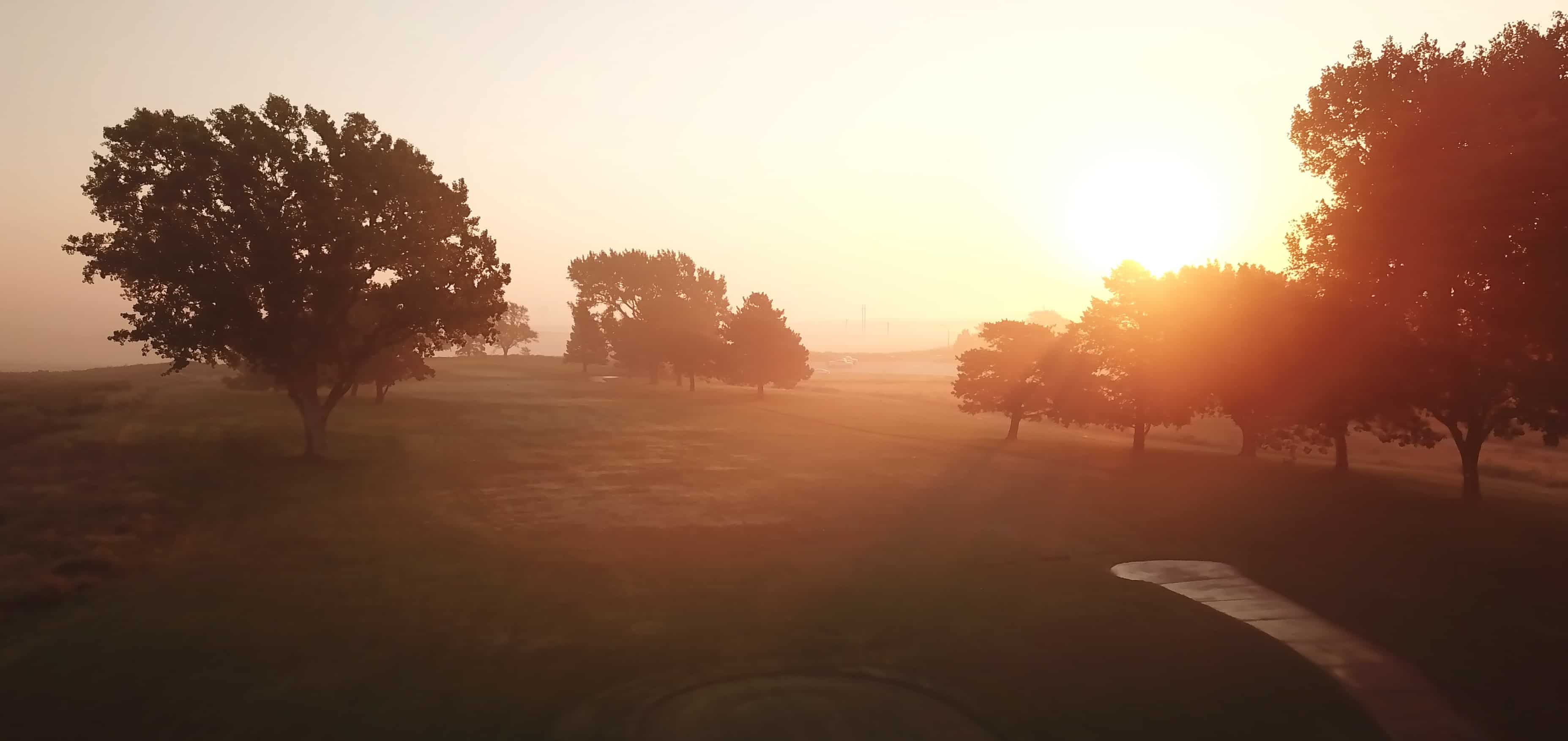
Buffalo Dunes – Photo by Clay Payne
Or, at least, my spirit is. This winter, and let’s be honest, the entire past year, has taken its toll on my body. I’ve always thought it was normal for me to put on a few pounds during the winter offseason but I feel that I took it to a new extreme this winter. And every year gets a little tougher to shed that “winter coat” when we really kick the golf season into high gear. With that in mind, I decided to reach out to some experts to help us prepare for spring thaw and that first tee time.
Little darling, I feel the ice is slowly melting.
Little darling, it seems like years since it’s been clear.
Here comes the sun, do, do, do.
Here comes the sun.
And I said, it’s alright.
Our all-star panel of health experts were gracious enough to give us a little bit of their time and lend their expertise to help get you, and me, prepared. It might be gloomy or rainy out there today, but don’t worry, because there’s good news: here comes the sun. And I say, it’s more than alright.
Craig Fast, LAT, ATC, Physician Extender and Athletic Training Services Coordinator for Alliance Orthopedics & Sports Medicine. Craig worked to treat middle and high school athletes as well as patients of all ages in the ortho clinic.
Brittani Poland, Senior Program Director of the Downtown YMCA and ACSM Certified Personal Trainer. Brittani has worked with endurance athletes and health seekers for most of her ten years in the fitness world. Writer’s Note: By many accounts, Brittani is married to an all-around awesome dude… Many people say that.
Chris Kersten PT, DPT, contracted physical therapist providing services for the U.S. Air Force. Chris primarily treats tactical athletes as well as a variety of overhead and rotational athletes.
Craig, Chris (and fam!), and Brittani (and fam, staring yours truly!)
Appreciate Chris, Craig, and my wonderful wife, for taking the time to answer some questions!
JAP: OK, so first of all, I’ve played golf with all of you but most of the people reading haven’t so tell us a little bit about your golf game…
CF: I started playing golf at the end of high school and really got into playing during college. Countless rounds at Hillsboro Municipal during college gave me an appreciation for the small town Kansas nine-holer and those types of courses continue to be some of my favorite tracks. After about eight years off from playing, I started again in 2019 and got bit hard by the golf bug. I finished 2020 as an 11.8 handicap and am hoping to get down to single digits in 2021.
BP: I love being outside, being active and being with my family so for me, this is the reason behind any golf trip. I’m not particularly skilled but I really enjoy watching my boys watch their dad do something that he loves and something that they are beginning to love as well.
CK: I’m pretty green with golf as I started playing in 2016. My golf game is incredibly inconsistent is probably the best way to put it (my handicap is in the 20+ neighborhood). I usually stick to the local courses near Abilene, KS.
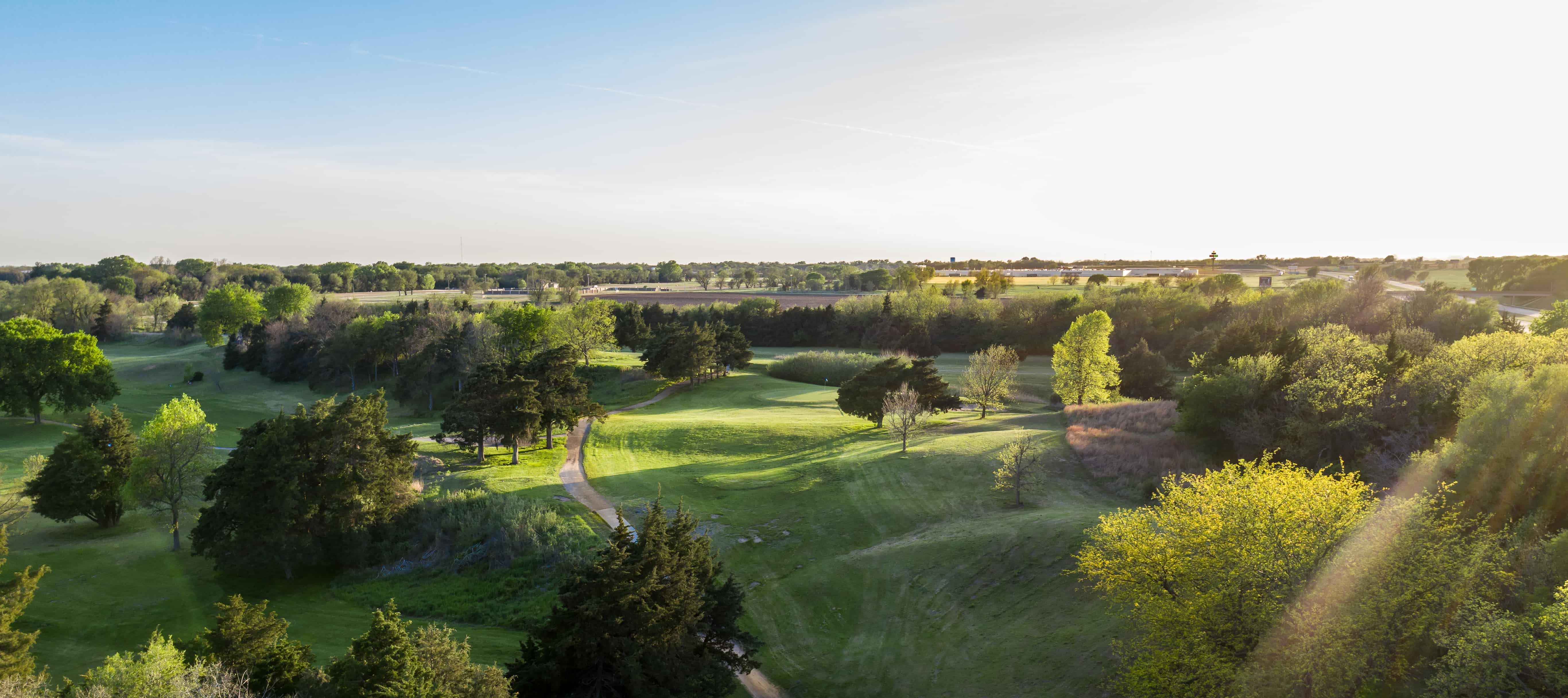
JAP: The idea here is to give some tips so that out of shape golfers like me don’t get hurt as we dive head first into this golf season. Considering the long layoff we’ve had this winter, what is the one thing you view as most important for golfers before they hit the first tee?
CF: I think the big thing here is that you can’t make up for months of inactivity with a few stretches on the first tee. It’s important to set a routine of exercises to do at least every other day that include some stretching, stability and strengthening. It doesn’t have to take a long time. You can accomplish a lot in five minutes every morning that will go a long way towards preventing soreness and small ailments that can linger all golf season.
BP: While every normal person goes through ebbs and flows of physical activity, a good goal is to stay even moderately active year round with movements that get your heart rate up and a simple strength routine that helps keep those golf muscles strong. We don’t walk around our daily lives making movements similar to a golf swing (at least I don’t) and it is important to condition the muscles utilized to do those things if you want to be a better and stronger athlete, when spring comes around.
CK: Biggest thing would be to plan ahead and get to the course early for a pre-round mobility routine. Since golf is a big rotational sport that involves the hips, low-mid back would be a good start. If the weather is on the chilly side give yourself a little more time to warm up.
JAP: My biggest challenge early in the year is soreness. I know there are things I could be doing beforehand to limit soreness, but what about once you already have it, especially in those hard to reach places for the massage gun? And by the way, if you don’t have a massage gun, go get one. I’m loving mine.
CF: I do not have a massage gun… yet. When I was at Hutch High I had one and would regularly “borrow it” for the weekend. Most golfers do a little bit of warming up and stretching before a round, but something that would help with soreness would be some stretching after the round. Focus on getting a good stretch in the hamstrings, quads and back. Water is usually not the beverage of choice after a round of golf, but making sure you stay hydrated will help with some soreness.
BP: A little bit of soreness is inevitable if you aren’t playing year round, but you can do a few things to help. Stretching prior to a round of golf is good, however a mistake made by many is attempting to stretch cold muscles, which does little for them. Get those muscles warm with some dynamic movements and then stretch a bit, or better yet, stretch after your round. In addition, our bodies are made up of a lot of water and it is so important to stay hydrated (with water). That alone might make the difference for some!
CK: The massage guns are great, and yes, they’re a pretty nice investment. A little soreness after a lengthy hiatus is normal, and can last between 48-72 hours. Best advice to combat that early season soreness is an active recovery (passive stretching, yoga/Pilates, or simply going for a walk or bike ride) as well as developing a strength and conditioning routine to enhance performance and prevent lingering injuries.
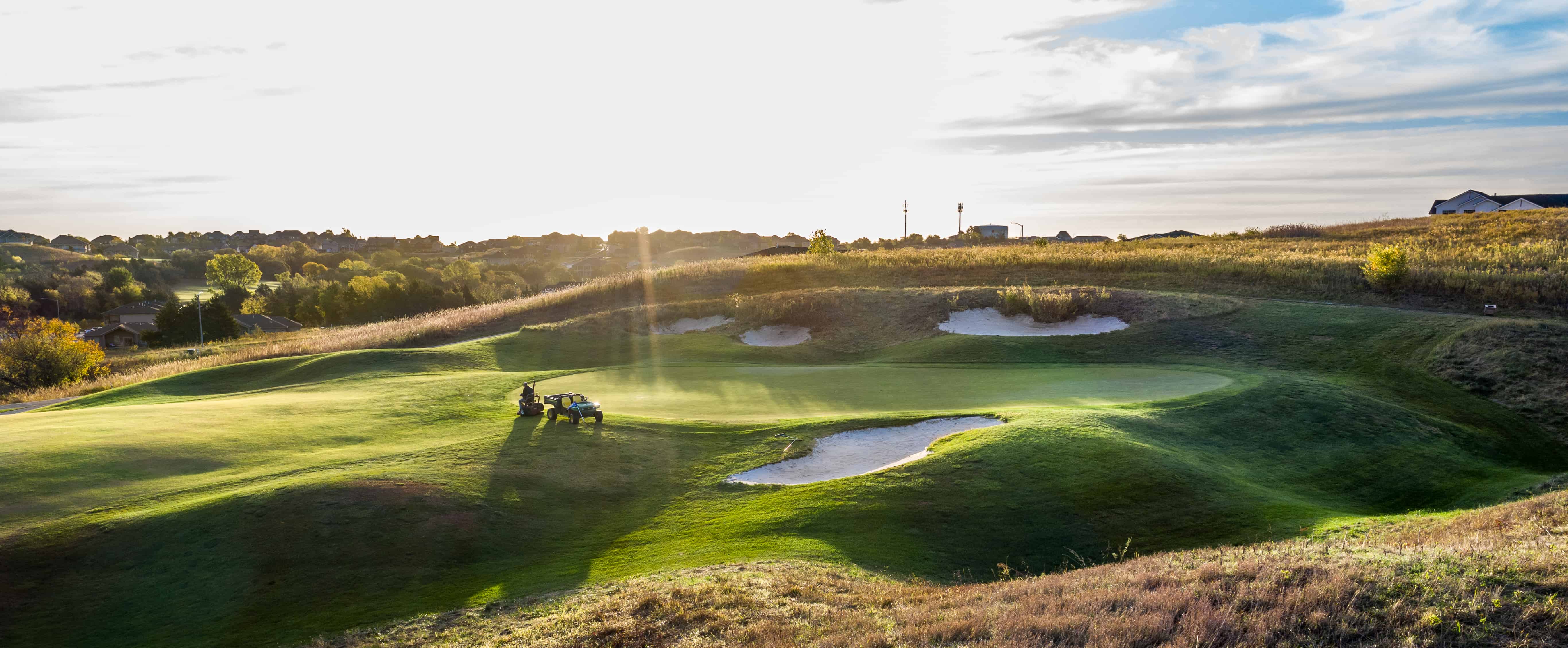
JAP: Feel like my wife might have been directing that answer at me… When people think about golf, they don’t view it as being a very strenuous activity. But there’s a reason that we don’t see many body types like mine playing golf on TV. And most of that is because I don’t go to the gym. But what are some things someone like me could do at home, that are easy to do, to get me in a little better golfing shape?
CF: Not every golfer needs or wants to bulk up like Bryson, but everyone can benefit from working on some simple stability and mobility exercises. Things like a progression of plank exercises and bridges that are at your ability level are a good place to start. One leg balancing is a simple thing you can do anywhere. Almost everyone has tight hamstrings and hip flexors which can limit your hip mobility and put more strain on your low back. Just a few minutes of stretching every day can go a long way.
BP: I always encourage the gym setting. It can be helpful to work with a professional who can help hold you accountable and point out/work through any imbalances you may have. If that is not possible, the online resources that are available to teach mobility and strength for athletes are endless.
CK: A great place to start pertaining to a simple at home routine would be to perform a daily mobility routine targeted at body segments that need to move efficiently to produce a consistent swing. Not every golfer is a weight room warrior, but they have the ability to move freely through their hips, lumbar spine, and thoracic spine. From a sports science perspective, it’s really cool to see golfers getting into the weight room to develop more club head speed.
JAP: What are some of the common injuries you see from golfers? I seem to always tweak a couple things each year and I’m mostly asking this just to make sure it happens to everyone else too…
CF: The most common things I see are back and elbow ailments. A lot of time it’s not the area in pain that is the culprit but a corresponding area that is either not stable, not mobile, or not flexible. If a golfer is experiencing more than just soreness that lasts more than just a day or two after playing golf, they should seek care from a PT or other medical professional.
CK: Some common golf injuries I’ve seen are spine/torso injuries as well as sprains and strains in the elbow and wrist. It’s important for the golfer to know their body and their own limitations, and if discomfort does persist it’s best not to push through any abnormal feelings and seek medical attention.
JAP: I carry a little first-aid kit in my golf bag. It was a tournament gift and it’s come in handy quite a few times to treat blisters and other minor ailments on the course. What’s one thing you would recommend every golfer have in their golf bag at all times from a health perspective, understanding that I’m not going to pack an AED or something like that?
CF: I think that sunscreen is important so I always have that in my bag. I also keep Benadryl Cream on hand to put on bug bites. I don’t want to be thinking about how much a bite itches while I’m standing over a ten-foot putt for double bogey!
BP: A water bottle, full of water. Even if you’re drinking beer, always have some water to work in too.
CK: Sunscreen, bug spray, and water are some good “go-tos”. If blisters are an issue it wouldn’t hurt to carry some moleskin and some foot powder to wick away moisture. Final food for thought: if you’re a high handicapper, such as myself, it wouldn’t be a bad idea to know your poison ivy, poison oak, and poison sumac, just in case you find yourself off the fairway. That’ll help you know which plants to avoid.
Some great tips from some people a whole lot smarter about health and wellness than yours truly. Appreciate Craig, Chris, and Brit, for their answers and for putting up with me. Hope you all get as much out of this as I will. Looking forward to playing golf with all of you this spring!
If you have your own golf/health related questions for our wonderful panel of experts, let us know. We’d be happy to pass them along.
Here comes the sun, do, do, do.
Here comes the sun.
And I said, it’s alright.
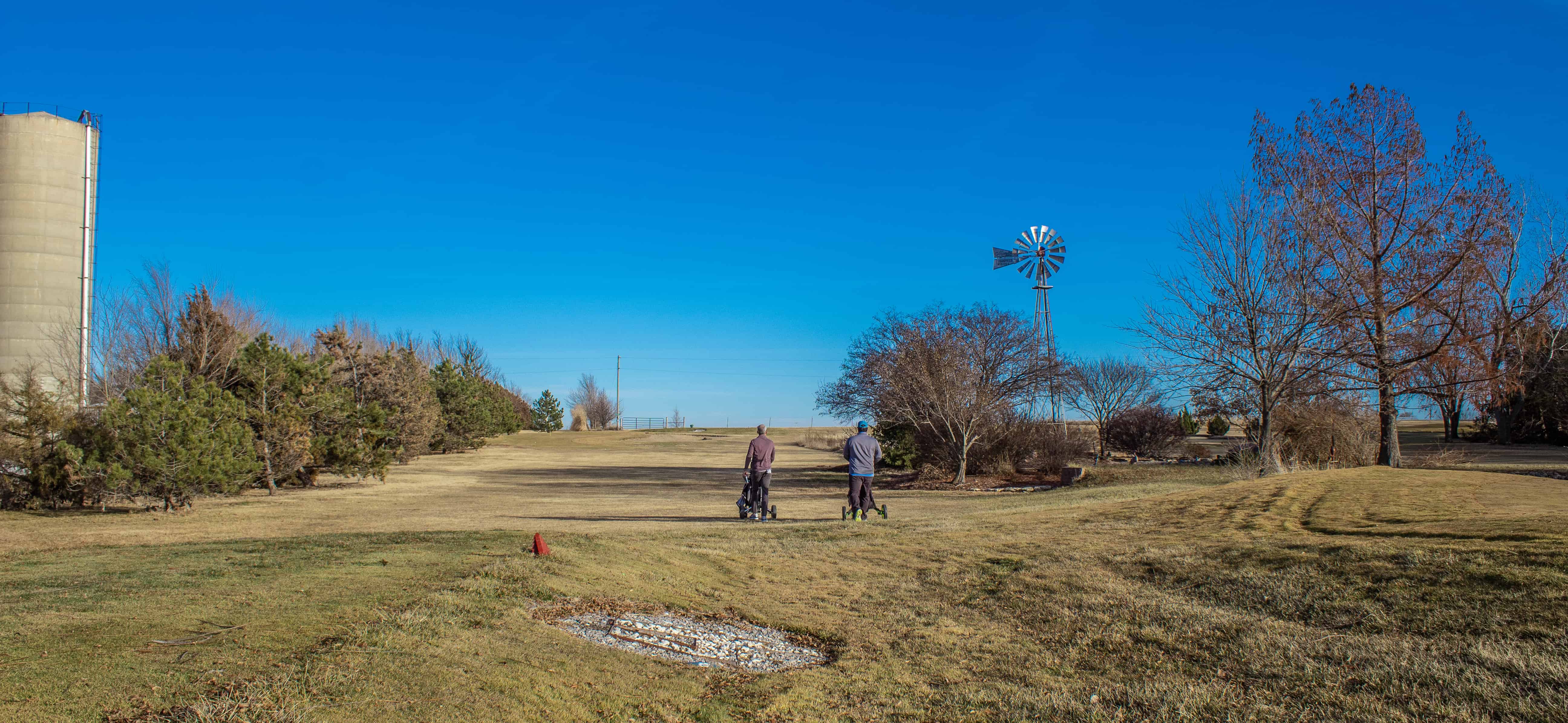
Until Next Time,
-tMP

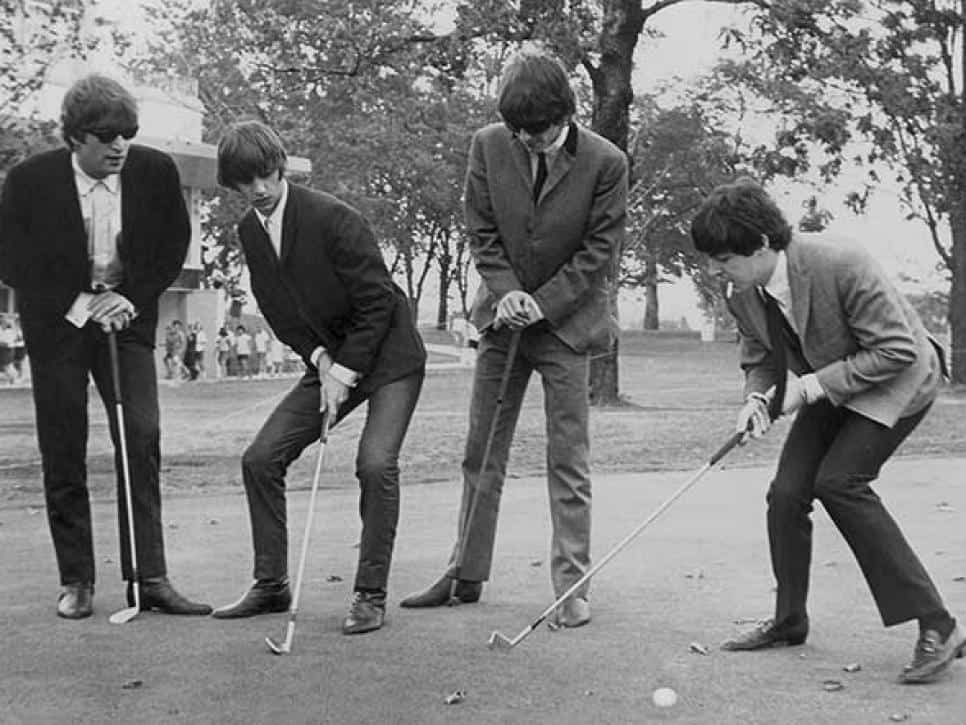
Leave a Reply
You must be logged in to post a comment.